Analyzing Vector Poetry: Time In a Glass Spoon
States, Space and Time Distributed as Qualities of Facts
Radoslav Rochallyi’s Time in a Glass Spoon weaves math and poetry into a medium he calls "vector poetry," mapping words and symbols to emotional states, space, and time along conceptual grids. Let’s analyze his poem’s structure, exploring the interplay between its mathematical elements and broader metaphors of interconnectedness—between the human and the divine, and the cosmic and the atomic—sharing elasticity between ultra-high-energy particles colliding with Earth from faraway places.
1. “In the jagged moments of time"
Cosmic particle trajectories can be bent by Earth's magnetic field, just as human experiences are shaped by unseen forces—oscillatory, chaotic, and bound to shared temporal and emotional planes.
2. “A combination of beauty θ / dignity"
Here, θ (theta) symbolizes beauty as a geometric and cyclical dimension. Dividing beauty by dignity suggests their interdependence, which can amplify or diminish the other.
3. “I watch + what I love about you"
In cosmic terms, scientists trace the paths of colliding particles, interpreting their origins and relationships, summing them into a web of greater understanding and interconnectedness.
4. “∫₀²π"
The integral from 0 to 2π (a full circle) represents completing cyclical patterns, a reflection on creation, awe, and regret. The squared terms amplify emotional intensity, and humility becomes a personal reckoning.
Visual Interpretation
Beauty Divided by Dignity Over Time
A sine wave of beauty, divided by a modulating dignity factor, reveals oscillating peaks and valleys—moments of beauty shaped by dignity’s fluctuations. This interplay mirrors life’s jagged yet interdependent relationships.
Expression in 3D
Adding a third dimension transforms the equation into an undulating surface of peaks (harmony) and valleys (discord). This metaphor suggests that the paths to divinity and meaning are oscillatory, requiring balance within infinite possibilities.
Cosmic and Atomic Wave Patterns
By merging cosmic and atomic scales, radial waveforms reflect galaxies and electron orbits, visualizing humanity’s smallest building blocks alongside the vastness of space and emphasizing universal principles of interconnectedness.
Quantum Interactions
In large-angle twisted bilayer (carbon) graphene, the 333 state serves as a metaphor for how small, invisible interactions can give rise to profound emergent behaviors. Electrons in the graphene layers result in fractional charges and oscillations that contribute to the larger, interconnected whole. These atomic-scale interactions echo the cosmic patterns observed in galaxies and star orbits, where seemingly fragmented elements come together to form grander unity.
The 333 state illustrates how balance—whether between electrons or emotional states—gives rise to new forms of order. Just as electrons oscillate between quantum states in response to external fields, our perceptions and emotions shift between the personal and the cosmic. This interplay of forces, both at the atomic and universal level, reflects the idea that the universe operates on cycles and patterns, transcending scales and uniting the microcosmic with the macrocosmic. Every personal energy transition, regardless of scale, weaves us into a deeper understanding of the unity of existence.
Wave Patterns
1. Nature as First Scripture
Nature was our first teacher. Trees, rivers, and stars spoke in patterns, rhythms, and cycles, inspiring early philosophies and guiding humanity through the cosmos.
2. The Infinite Intimate Cosmos
The same hydrogen that fuels stars forms the water in our cells. Carl Sagan’s observation, "We are a way for the cosmos to know itself," reminds us that exploring the universe is an exploration of ourselves.
3. The Space Between
Our gods do not reside in fixed places but in relational spaces—between atoms, people, and moments. These gaps, where connection and possibility flourish, embody transcendence.
4. Mankind as Co-Creator
Through art, science, and language, humanity participates in creation. Each decision adds to an ever-expanding reality, shaping the world through beauty and dignity.
5. The Paradox of Humility and Grandeur
We are both infinitesimally small and infinitely capable. This invites gratitude for our smallness and a responsibility to honor the grandeur of life through our actions.
Closing Thoughts
Navigating Beauty and Dignity
Beauty must align with dignity. Beauty inspires us forward; dignity keeps us grounded. Together, they form a compass, guiding us toward light, harmony, and wholeness.
Swimming in Cosmic and Divine Seas
Our dialogue with nature, the cosmos, and the divine spans dimensions and eons, written in the language of atoms, ecosystems, and ideas. Through shared understanding, we pool our hope for deeper meaning—carefully holding it steady, like living water in a fragile glass spoon.
References
Kim, D., Jin, S., Taniguchi, T., Watanabe, K., Smet, J. H., Cho, G. Y., & Kim, Y. (2025). Observation of 1/3 fractional quantum Hall physics in balanced large angle twisted bilayer graphene. Nature Physics, 21(1), 1-10. https://www.nature.com/articles/s41467-024-55486-2.pdf
Thanks to Dolly’s Substack for originally posting this poem.



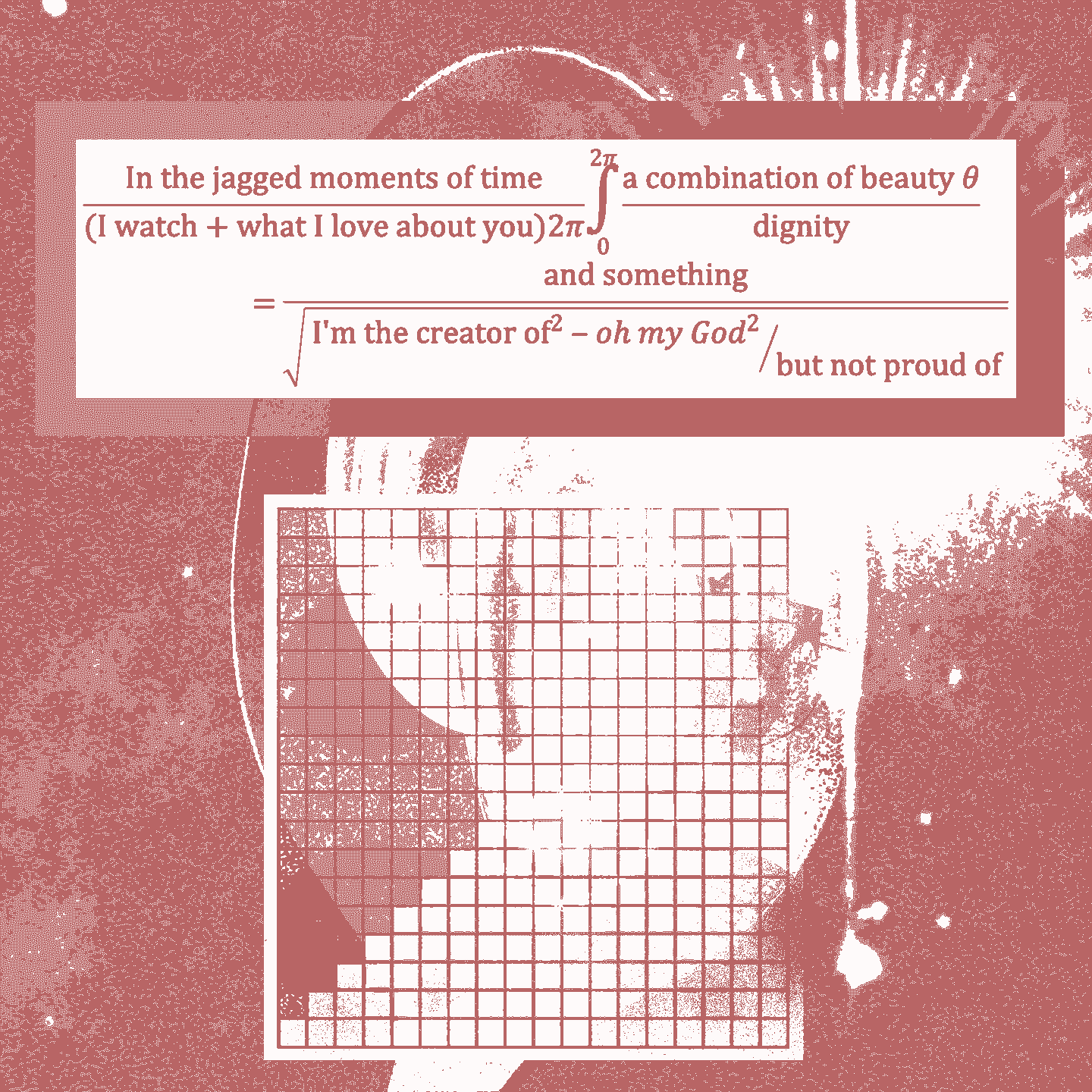
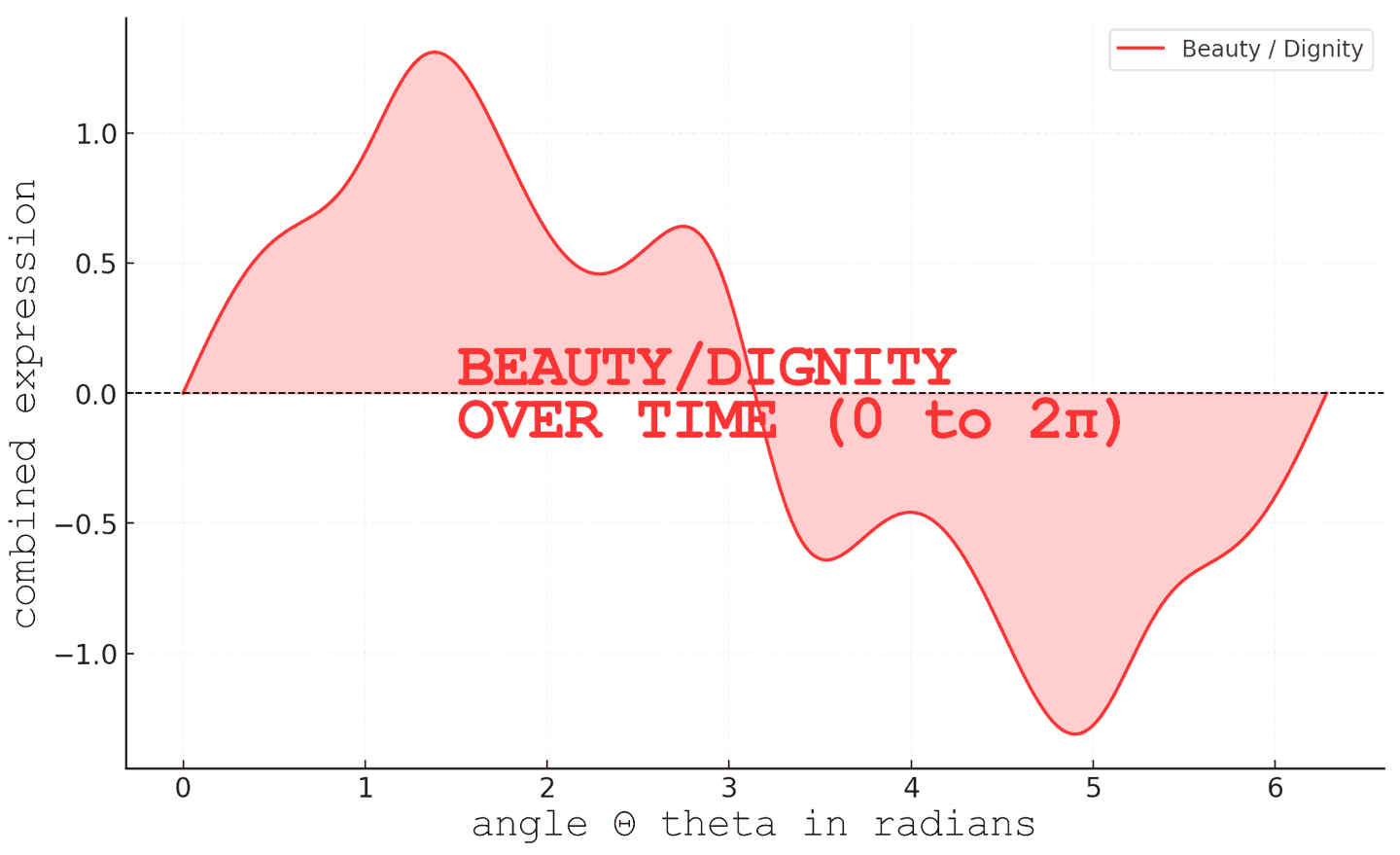
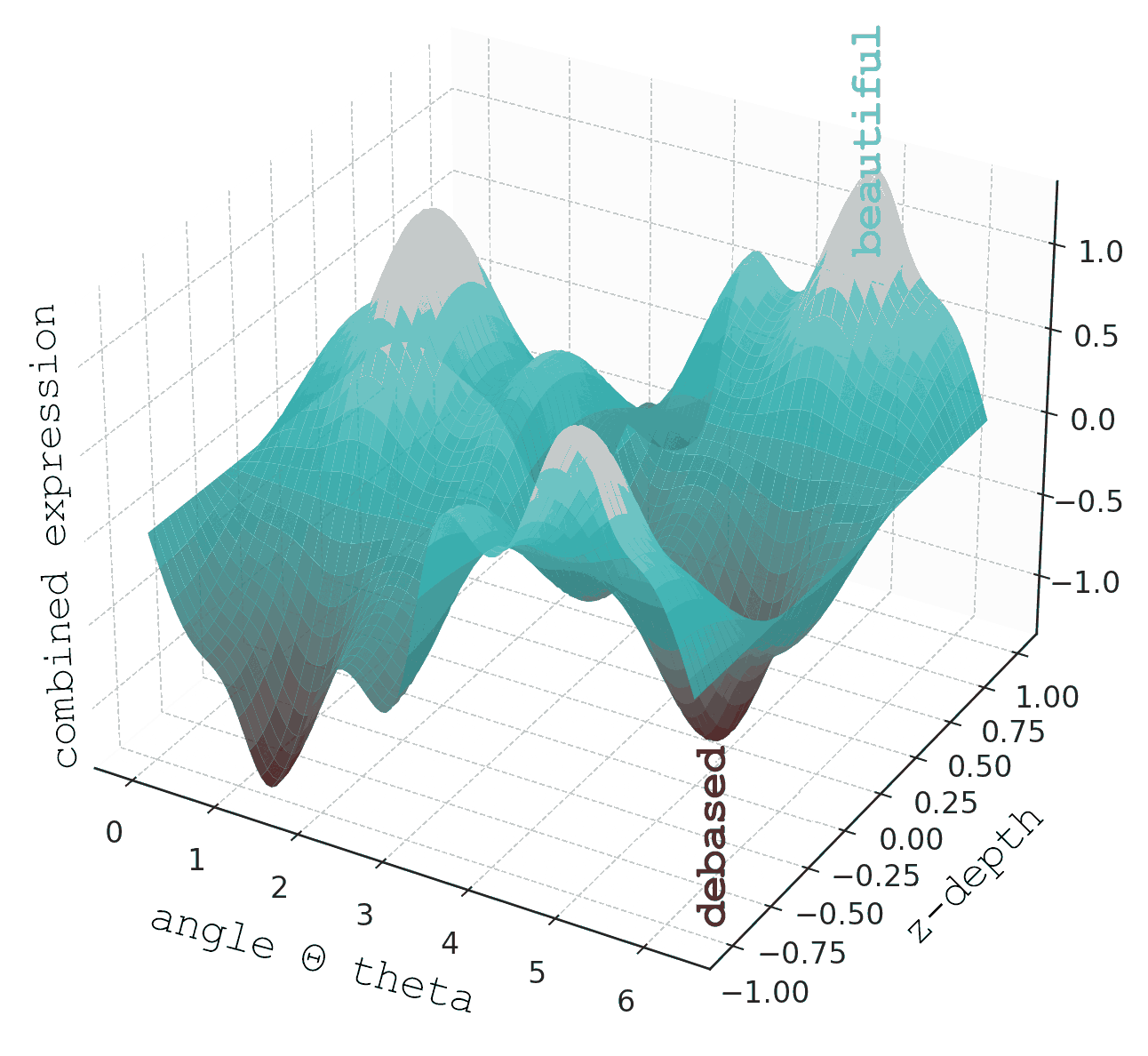
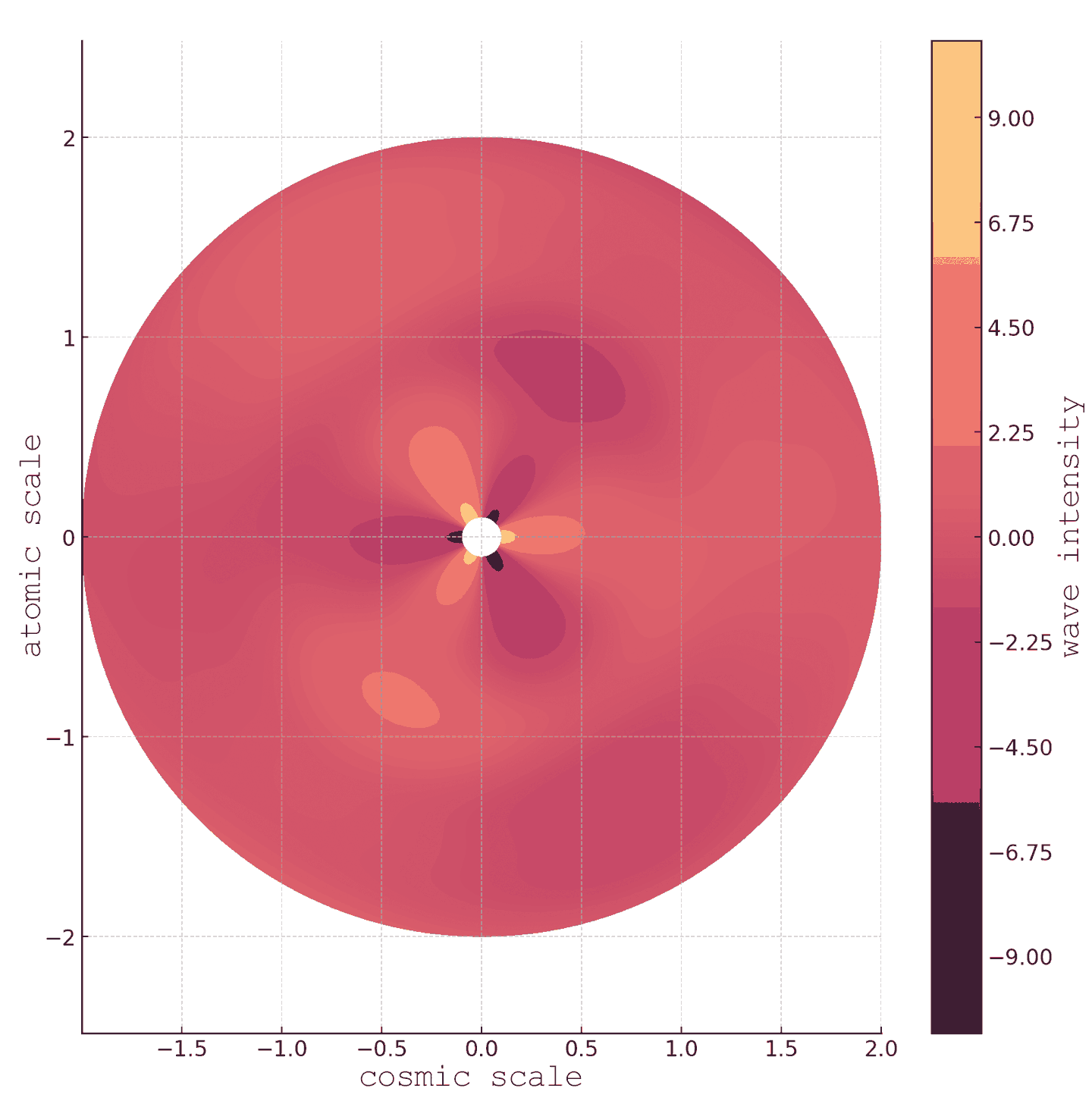
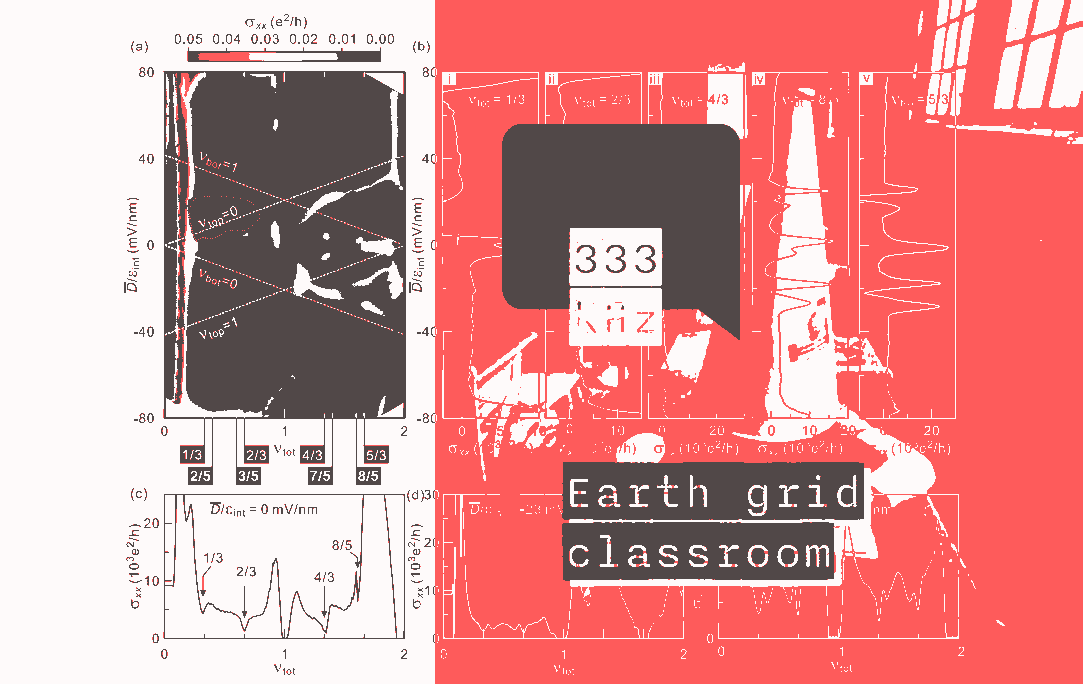
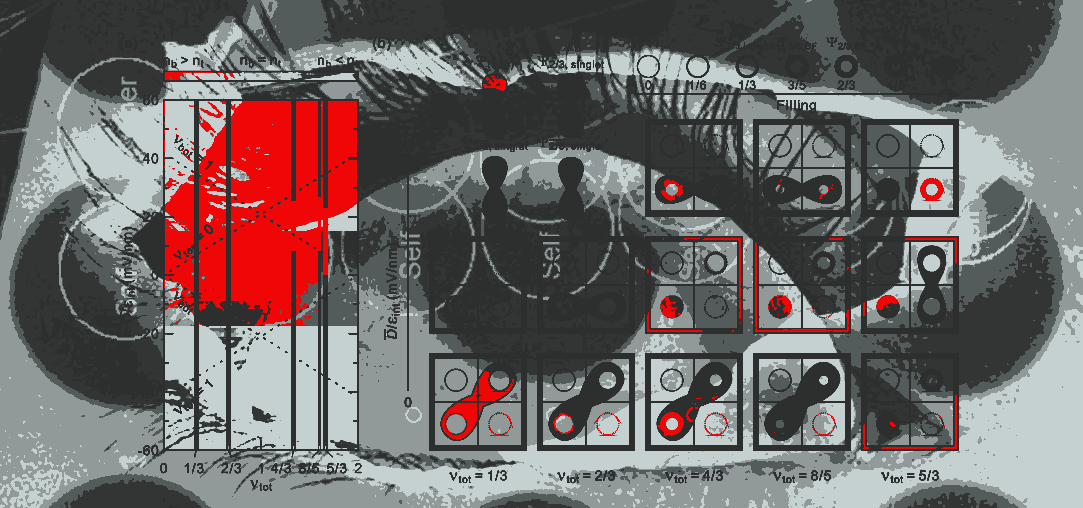
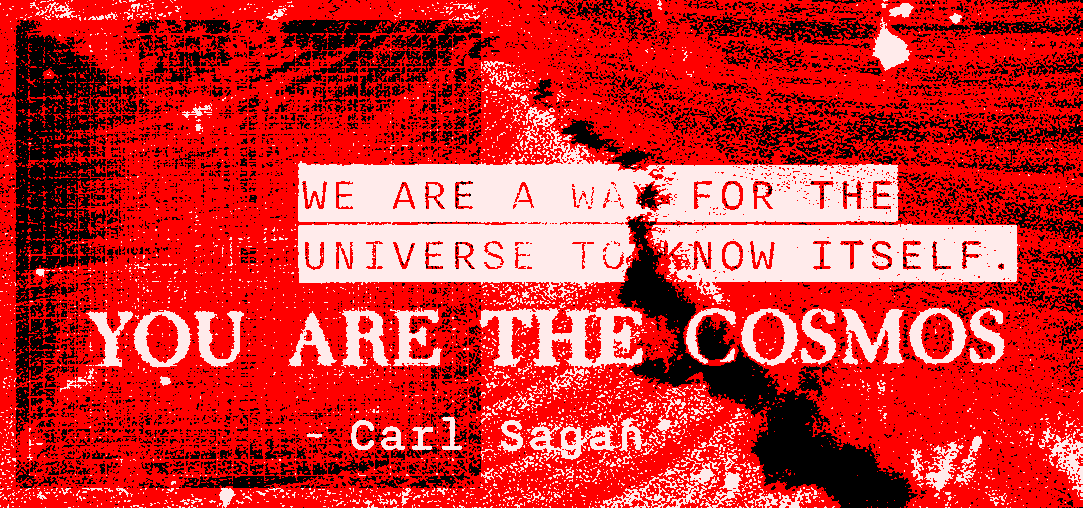
Wow, what a beautiful poem, and what an excellent interpretation! I would absolutely love to hear your thoughts on his other poems from the collection PUNCH or A Vague Report of a Stranger Time!